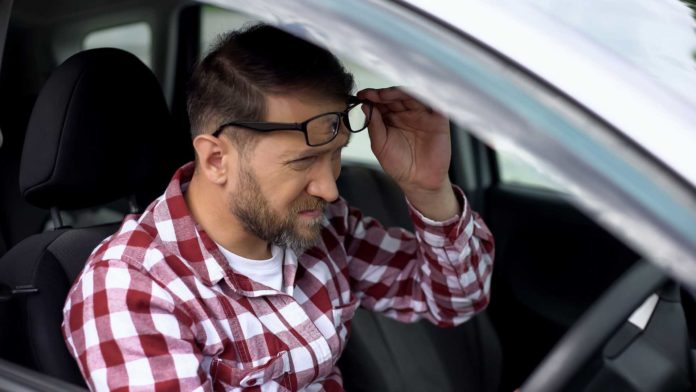Monocular vision can be a consequence of a car accident or a health issue such as cataracts, trauma, glaucoma, etc. Or it could be something you were born with.
Whichever the cause, it makes life a little different than living with two eyes. According to Diane Whitaker, OD, chief of the vision rehabilitation service at the Duke Eye Center, it takes more work than people think to adjust to the loss.
“Sometimes people think that having one eye isn’t too different from having both,” she says. “A few people even think that your vision isn’t affected much.”
“However, this isn’t the case, especially for people who lose sight in one eye in adulthood. Studies show that adults who lose sight in one eye experience a substantial decline in their ability to track moving objects accurately, perceive depth, and judge distances.”
She also notes that people with one eye often rely on other senses to gather the information that people with both eyes collect effortlessly.
Driving is just one of the many tasks the person may have to perform differently than people with both eyes, often relying on other senses to assist the single eye.
What Does the Law Say?
People with monocular vision are allowed to drive with one eye in all 50 states of the US and the District of Columbia as long as they have a horizontal field of vision that meets specific criteria set out by the Department of Motor Vehicles.
First off, in nearly all states, the driver’s visual capabilities are assessed upon original licensure. Visual standards for licensing are 20/40 acuity with both eyes and a horizontal temporal field of at least 80 degrees vertically and 110 degrees horizontally from the center.
A re-examination is often needed if you’re referred to the transport department for re-examination. The DMV relies on physicians to inform them when they diagnose a patient with any medical or mental condition that may affect the person’s vision and ability to drive with one eye safely. These conditions often include;
- Lapse of consciousness
- Alzheimer’s disease
- Diabetes
- Dementia
- Cataracts
- Macular degeneration
Is It Safe to Drive with Vision in Only One Eye?
Once the DMV receives a report from the physician indicating that the person may not be able to drive safely, they can ask for further medical information and, upon confirming the issue, immediately revoke or suspend the individual’s license. The DMV will also immediately notify the affected person of its decision in writing.
Here too, the driver must prove a 20/40 acuity with both eyes and a horizontal temporal field of at least 80 degrees vertically and 110 degrees horizontally from the center. If you have a corrected visual acuity of less than 20/40 in each eye, but at least 20/60 in one eye, then the DMV may refer you for a professional examination.
However, drivers who don’t have at least 20/60 visual acuity in at least one eve cannot be licensed to drive with one eye.
From this explanation, you can see that monocular individuals can still drive without a lot of restrictions as long as the existing eye has a 20/40 visual acuity. However, problems arise if the existing eye has an acuity less than 20/40. If the lone eye has an acuity of less than 20/60, you cannot be licensed to drive.
Precautions at an Individual Level
Besides state and federal laws, it’s also important that monocular individuals take personal steps to ensure their safety on the road.
As we’ve already established, seeing with only one eye limits your visual capabilities significantly. It impacts your horizontal visual field and also diminishes your peripheral vision. This can make it difficult to drive normally.
Experts recommend that you first and foremost ask your doctor weather you can drive with one eye. If the doctor recommends that you avoid driving for some time or quit driving altogether, then heed their call. They’re trying to save your life.
Can You Drive with One Eye?
Aside from the doctor, you may also want to pay your local motor vehicle department a visit for reevaluation. This is important for two reasons. First, a reevaluation will help you know whether the existing eye can allow you to drive safely. Secondly, it could save you from jail or penalties. In states such as Iowa and Missouri, failure to report vision issues for driving clearance constitutes a misdemeanor.
If both your doctor and the local motor vehicle department determine that you can drive on the existing eye, consider the following additional safety precautions;
- Keep a significant distance from the ca in front
- Avoid driving in torrential rain or heavy snow
- Always drive below the speed limit
- Only drive when you feel alert and well-rested
- Make blind spot mirrors your best friend
Be Safe Out There
Yes, you can drive with one eye. But that doesn’t mean you’re as good as someone with two eyes. For your safety, practice extra caution and keep out of compromising situations.

